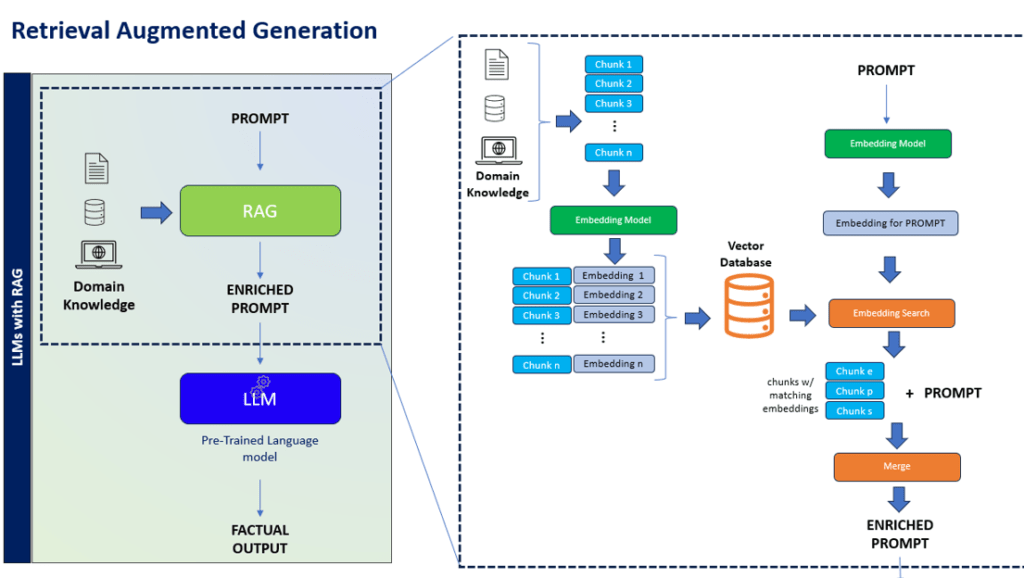As ESG (Environmental, Social, and Governance) investing has gained significant momentum in recent years, it is important to realize that the approach considers not only the financial returns of a company but also its impact on the environment, society, and its corporate governance practices. In this blog post, we’ll delve into what ESG investing is, its significance, and how to analyze ESG investments.
What is ESG investing?
ESG investing is a type of investment approach that takes into account the environmental, social, and governance factors of a company. These factors are evaluated in addition to the traditional financial metrics to determine the overall health and long-term prospects of a company.
ESG investing recognizes that a company’s performance in these areas can have a significant impact on its long-term financial success. By investing in companies with strong ESG practices, investors can help drive positive change and potentially reduce risks associated with environmental and social issues. ESG investing also increases the awareness of the impact of climate change and other environmental and social issues.
Another reason for the growth of ESG investing is the increasing evidence that companies with strong ESG practices can outperform their peers over the long term as they are more resilient to market downturns.
How to Analyze ESG Investments
Analyzing ESG investments can be a complex process, but there are several tools and resources available to help investors evaluate a company’s ESG practices. Here are some key factors to consider:
- ESG Ratings: Many companies and research firms provide ESG ratings that assess a company’s performance in each of the three categories. These ratings can provide a starting point for investors to evaluate a company’s ESG practices.
- Industry-Specific Factors: Different industries have different environmental and social impacts, so it’s important to consider industry-specific factors when evaluating ESG investments. For example, a technology company may have a different carbon footprint than a mining company.

- Materiality: Materiality refers to the significance of an ESG issue to a company’s overall operations and financial performance. Investors should consider whether an ESG issue is material to a company’s business before making investment decisions.
- Engagement: Engaging with companies on their ESG practices can be a powerful tool for driving positive change. Investors can use their influence as shareholders to push companies to improve their ESG practices.
Overall, ESG investing is an investment approach that considers environmental, social, and governance factors in addition to traditional financial metrics. It has become increasingly popular among investors as they recognize the impact of climate change and other environmental and social issues. Analyzing ESG investments can be a complex process, but there are tools and resources available to help investors evaluate a company’s ESG practices. By investing in companies with strong ESG practices, investors can potentially drive positive change and potentially reduce risks associated with environmental and social issues.
* Modified suggestions from Chat GPT were used in some parts of this blog post.



